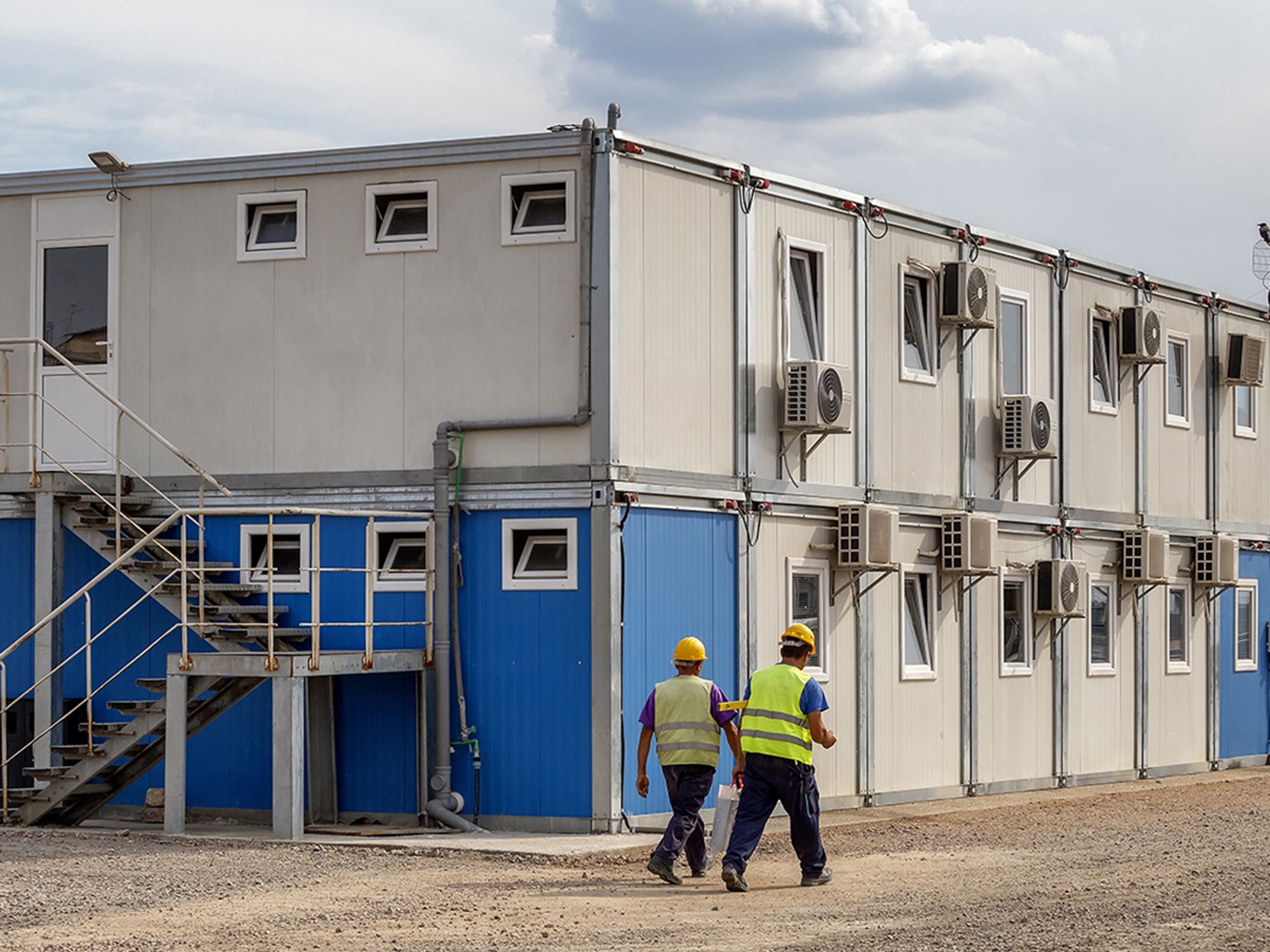Temporary labor camps

- Employers who provide housing at temporary labor camps have unique sanitation responsibilities.
- OSHA inspections of employer-provided housing primarily address conditions most directly related to employee health and safety.
Because temporary labor camp housing is employer-provided, employers of temporary labor camps must address sanitation issues not found in other work environments. For this reason, the Occupational Safety and Health Administration (OSHA) covers the sanitation requirements for temporary labor camp housing in a specific standard, 29 CFR 1910.142. When conducting an inspection of temporary labor camp housing, OSHA officials will be primarily concerned with facilities or conditions that most directly relate to employee safety and health. At minimum, OSHA inspections will address the following concerns.
Site
OSHA officials will check whether the site is:
- Adequately drained from periodic flooding;
- Over 200 ft away from swamps, pools, sinkholes, and other surfaces where water could collect and remain for extended periods;
- Large enough to prevent overcrowding;
- At least 500 ft away from livestock; and
- Clean and sanitary (i.e., free from rubbish, debris, wastepaper, garbage, and other refuse).
Shelter
OSHA officials will check:
- Whether the shelter provides protection against the elements;
- Whether the shelter has the proper floor elevation and floor space;
- Which rooms are used for sleeping, the number of occupants, and the size of these rooms;
- Which rooms are used for combined purposes of sleeping, cooking;
- Whether beds, cots, bunks, and lockers are provided and properly spaced;
- Whether all rooms have proper ventilation and screening;
- Whether sanitary facilities are provided for storing and preparing food;
- What kind of cooking arrangements or facilities are provided; and
- Whether all heating, cooking, and water heating equipment are installed in accordance with state and local codes.
Water supply
OSHA officials will check whether the water supply for drinking, cooking, bathing, and laundry is adequate, convenient, and approved by the appropriate local health authority.
Toilet facilities and sewage disposal
OSHA officials will check:
- The type, number, location, lighting, and sanitary conditions of toilet facilities; and
- Whether All sewer lines and floor drains from buildings connect to public sewers if public sewers are available.
Laundry, handwashing, and bathing facilities
OSHA officials will check:
- The number, kind, locations, and conditions of laundry, handwashing, and bathing facilities;
- Whether there is an adequate supply of hot and cold running water; and
- Whether such facilities have appropriate floors, walls, partitions, and drains.
Lighting
OSHA officials will check whether:
- Electric service is available, and, if so, whether appropriate light levels, number of ceiling-type light fixtures, and separate floor- or wall-type convenience outlets are provided; and
- The light fixtures, floor outlets, and wall outlets are properly grounded and covered.
Refuse disposal and insect and rodent control
OSHA officials will check:
- The type, number, locations, and conditions of refuse disposal containers; and
- Whether there are any infestations of animal or insect vectors or pests.
First-aid facilities
OSHA officials will check whether adequate first-aid facilities are available and maintained for emergency treatment.
